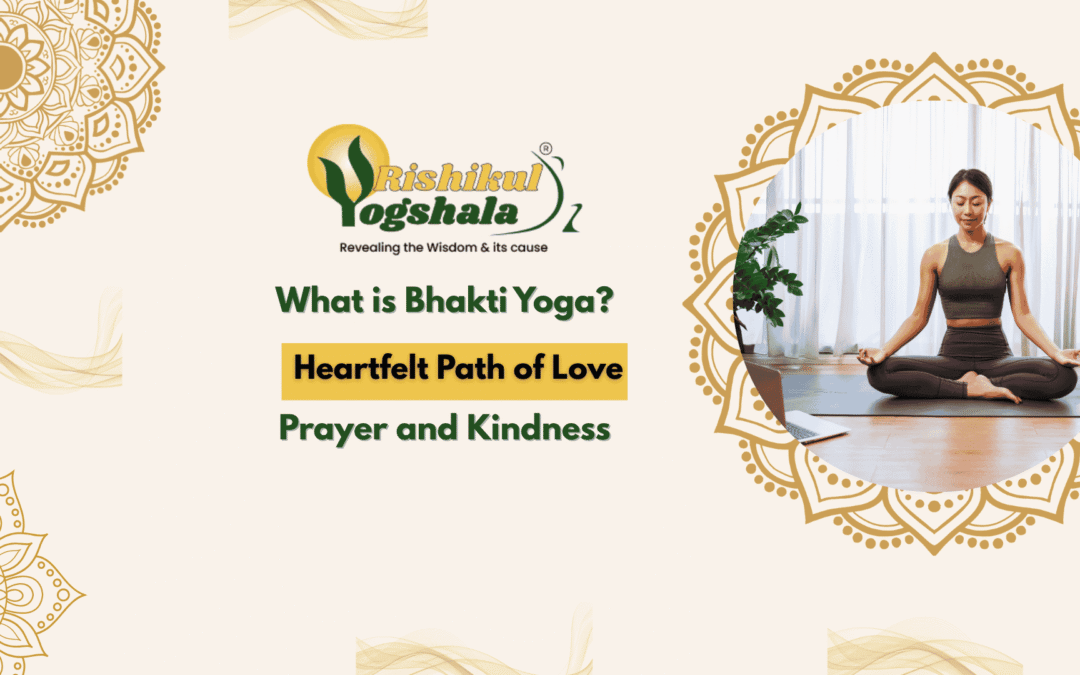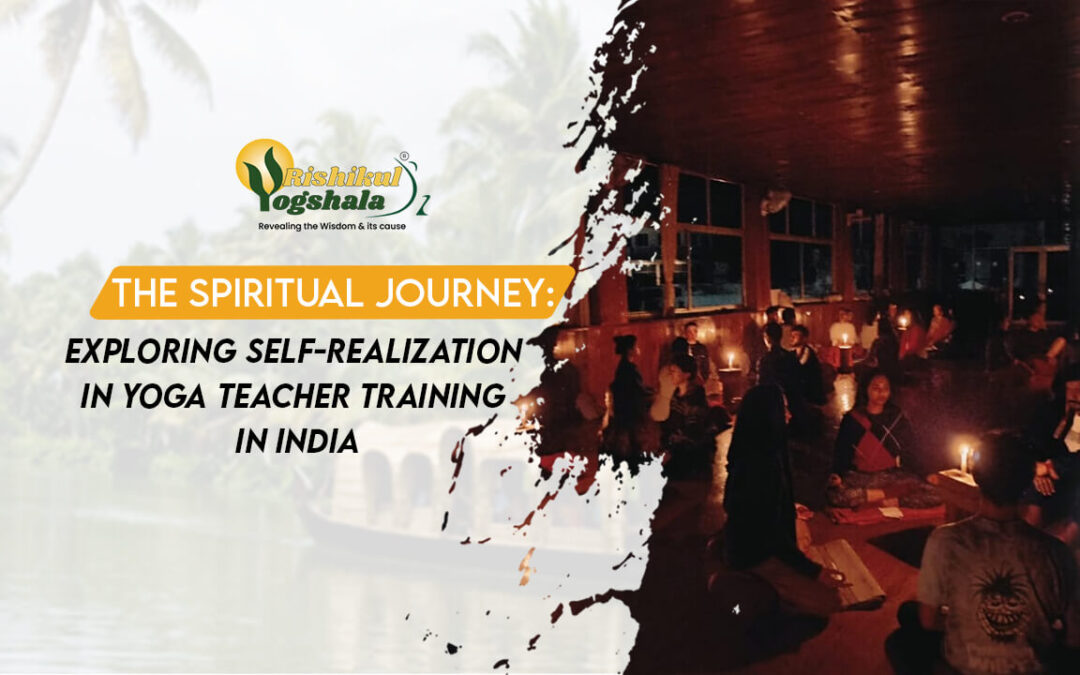Balancing Yin and Yang Embrace these Yoga Practices to Keep Your Energies Balanced
- Blog
- /
- Yoga Philosophy and Spirituality
- /
- Balancing Yin and Yang...

Balancing Yin and Yang with Yoga Practices
The Chinese symbol of yin and yang, known as Piebald Taijitu, represents the balancing fusion of opposites. The light half, symbolizing yang, is dynamic, warming, upward, and external. Conversely, the dark half represents yin, which is cooling, passive, downward, and internal. Balancing both energies is essential for achieving unity and harmony in life. In this article, we will explore yoga and breathing practices that help balance these energies.

The Modern World and Energy Balance
In our fast-moving, stimulating world, we are often surrounded by yang activities such as sports, work, and constant busyness. From an early age, we are encouraged to maximize our efforts and rarely taught about the philosophy of relaxation. While being active and strong are important, balance is key, as even Mother Nature regenerates and rests.
When you are in an active and goal-oriented state, this represents yang energy. However, excessive yang can lead to fatigue. Here, yoga postures that build muscle strength and heat can be beneficial.
On the other hand, yin energy involves not creating, moving, or pushing, but rather reflecting, observing, and clearing your mind. Yin yoga helps heal tissues and relieve stress. Studies suggest incorporating more yin yoga postures into your routine to connect with your emotions. Yin yoga asanas focus on loosening into poses held for extended periods to release tension in muscles and joints.
Yoga Poses for Balancing Yin and Yang
1. Cow Pose (Yin)

Cow Pose, or Bitilasana, is a simple pose that alternates with Cat Pose to enhance spine flexibility and warm the body.
- Start in a tabletop position with knees under hips and wrists, elbows, and shoulders aligned perpendicular to the floor.
- Inhale, raising your chest and sitting bones toward the ceiling, allowing your belly to drop and expand.
- Gently lift your head to look forward.
- Hold for a few breaths, then exhale and return to the starting position.
- Repeat 10-15 times.
2. Child’s Pose (Yin)

Balasana is a relaxing pose that stretches the lower and upper body.
- Begin sitting on your knees, with toes touching and knees apart.
- Sit upright, then exhale and lean forward, resting your torso between your thighs with arms extended on the floor.
- Allow your shoulders to relax toward the floor.
3. Bridge Pose (Yin)

Setu Bandhasana stimulates the back, hamstrings, and glutes while relieving stress.
- Lie flat on your back with feet on the floor.
- On an inhale, lift your hips and torso off the ground, using your palms for support.
- Keep your head and neck on the mat and hold the pose for a few breaths.
- Repeat at least 3 times.
4. Downward Facing Dog (Yang)

Adho Mukha Svanasana is a challenging pose that tones the upper body and hamstrings.
- Start on your hands and knees, then tuck your toes and lift your knees off the ground.
- Push the floor away from you, lifting through your pelvis.
- Hold for 1 minute.
5. Locust Pose (Yang)

Salabhasana strengthens the entire body, including the core.
- Lie on your stomach with arms beside you and forehead on the ground.
- Inhale and lift your upper torso, head, and shoulders off the floor, balancing on your lower body.
- For added intensity, lift your toes and thighs as well.
6. Plank (Yang)

The Plank Pose builds strength across the body, focusing on the core, shoulders, and arms.
- Begin in a push-up position, then bend your arms at the elbows to rest on your forearms.
- Engage your core and glutes, holding the pose as long as possible.
- Beginners should aim for 30-40 seconds, gradually increasing the duration.
Conclusion
Incorporating both yin and yang yoga practices into your routine can help you achieve a balanced and harmonious state. By practicing these poses, you can harmonize your active, dynamic energy with moments of relaxation and introspection. For a more comprehensive experience, consider joining a 200 Hour Yoga Teacher Training In India, 300 Hour Yoga Teacher Training In India, or 500 Hour Yoga Teacher Training In India to deepen your practice and understanding. Explore additional Ayurveda Retreats or Yoga Retreats to further enhance your well-being and find balance in your life.








